For all the chaos that it causes, the process of rescuing a flipped raft is still fairly straightforward. Swimmers are the first priority and then any swimmers who made it to shore and are now marooned. With boaters safe, you must corral the boat into an eddy (this may involve a chase) and secure it well to prevent it moving downstream. Remove the oars and send throw baggers downstream for safety.
Secure flip lines to one side of the frame and pass beneath the inverted vessel for the on-shore crew to pull. At the same time, drape the lines attached to the shore side over the upturned raft for the two-three people standing on the bottom of the boat to heave on as they lean back hard toward the river.
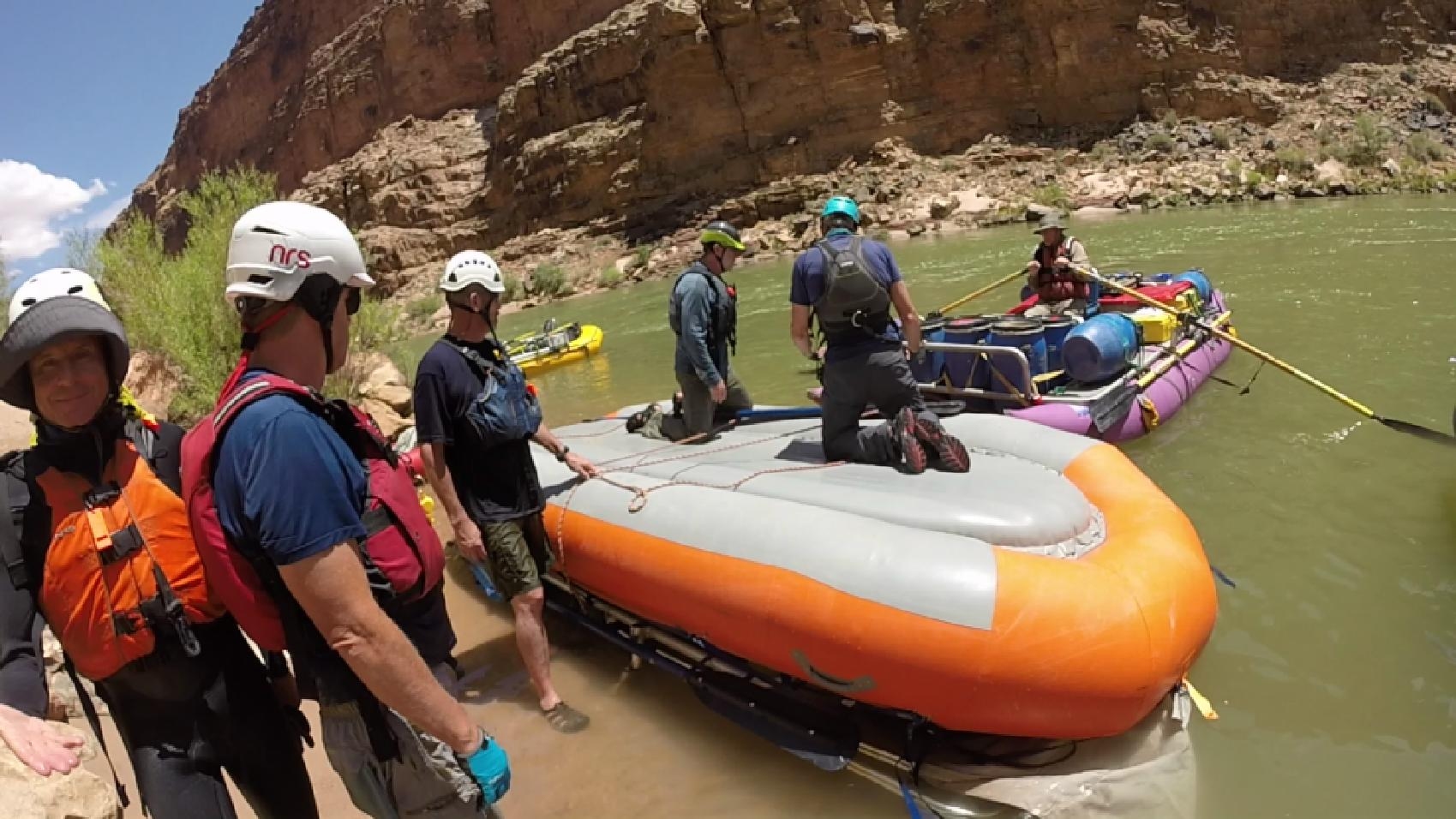
The raft rises slowly but as its arc progresses the pulling becomes easier. There is a certain point where you feel you just have to tug a little harder to get it to go that last bit. At this point, those onshore have their heels dug deep in the sand or are fighting the lack of friction on wet rock. Those on the boat stand parallel to the surface of the water about to be dunked. Then, like falling timber, it swings over to the sound of fatigued cheers. This is especially true if it is the kitchen boat or any boat in which there is an abundance of beer.
The pilot will check to see if he or she sacrificed anything to the river gods—the ultimate test of his or her rigging skills. While this happens, dry passengers attend to the swimmers offering warmth, food, water, or counseling as needed. Depending on the quality of the rigging, additional cleanup throughout the day may be necessary, although, you may never see some items again. I myself have donated a stitched together Chaco to the river gods and a good friend of mine, his favorite Tilly hat and a Sony Action Cam.
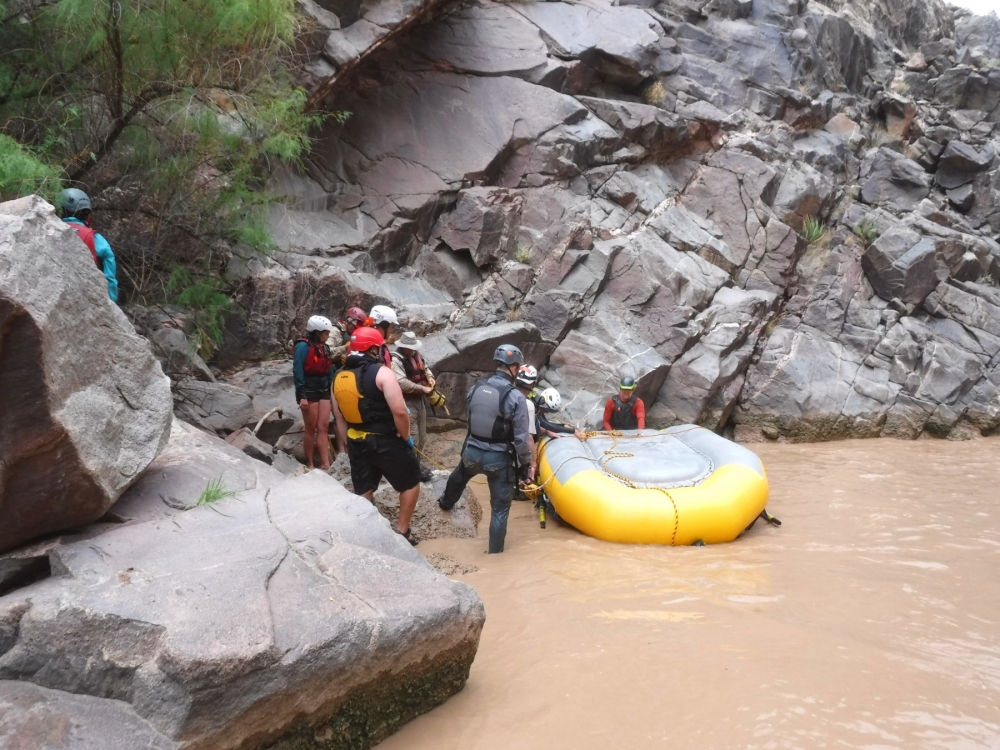
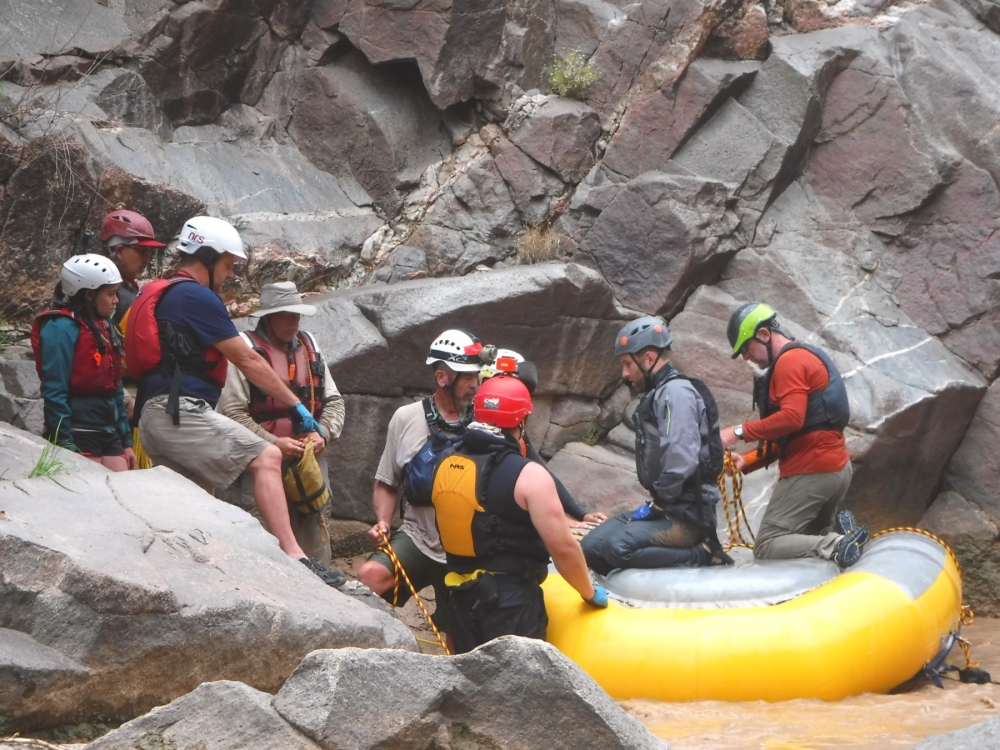
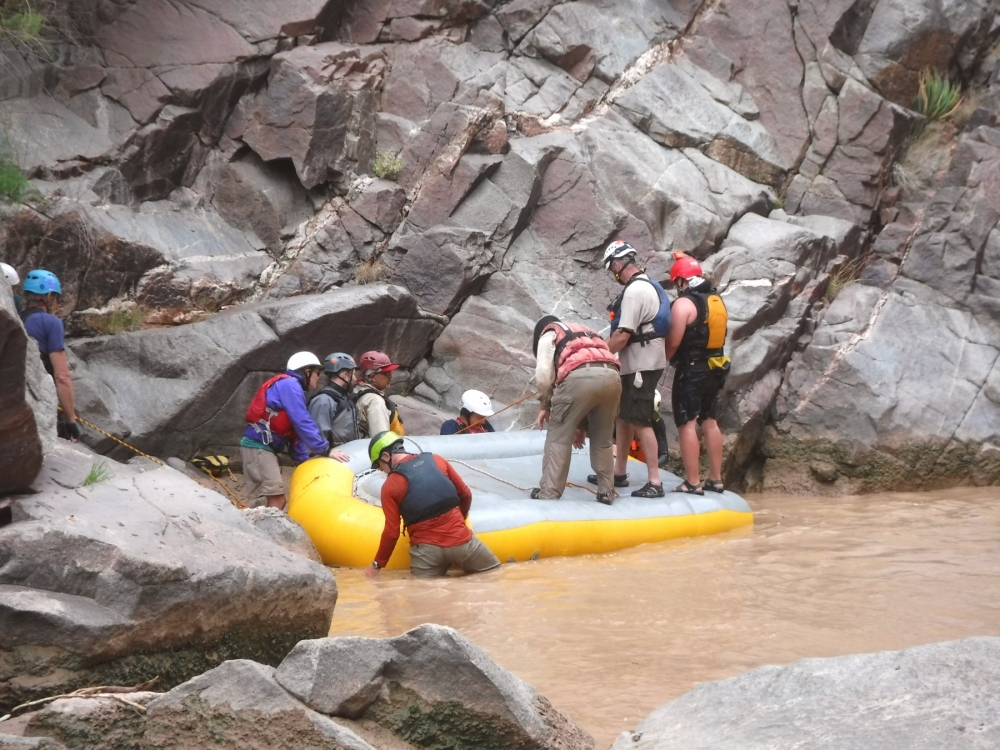
We spend time on rivers with those we care about. They are our friends and family and represent relationships tested by rapids, damaged boats—and egos—burnt meals, thunderstorms, leaking groovers, and weeks spent in each other’s company. But these relationships also represent the evening riverside conversation, a helping hand, shared stories around a campfire, a shared drink, someone to lift the other end of the cooler, and the oh-so-important trip invitation. This is our tribe and we are on the river together because we love being together.
But for all the camaraderie, for all the time spend together, when we shove off in the slack water above a rapid, we are on our own. Whatever chaos awaits us on the other side of the emerald green tongue we must face alone. Though our friends and family may be mere yards away, we row or high side in the maelstrom, we take our beating and accept what the river deals us—by ourselves. But we know that those individuals will be waiting at the bottom and together we will share whatever victories and losses occurred in the violence upstream. Together we will sort it out in the tail waves.
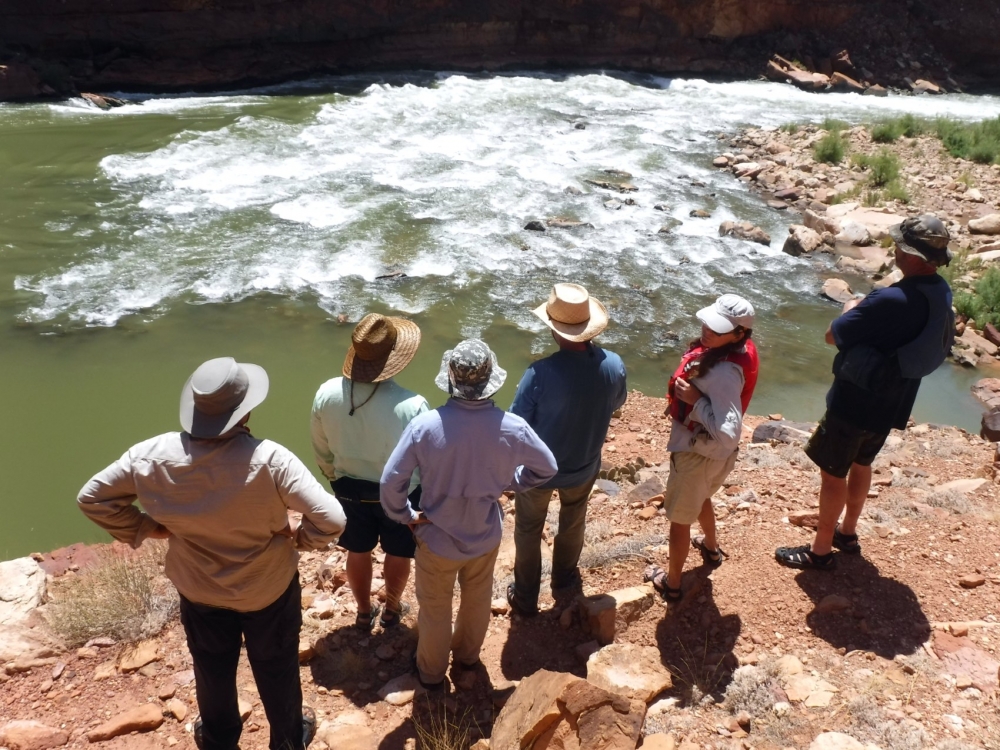
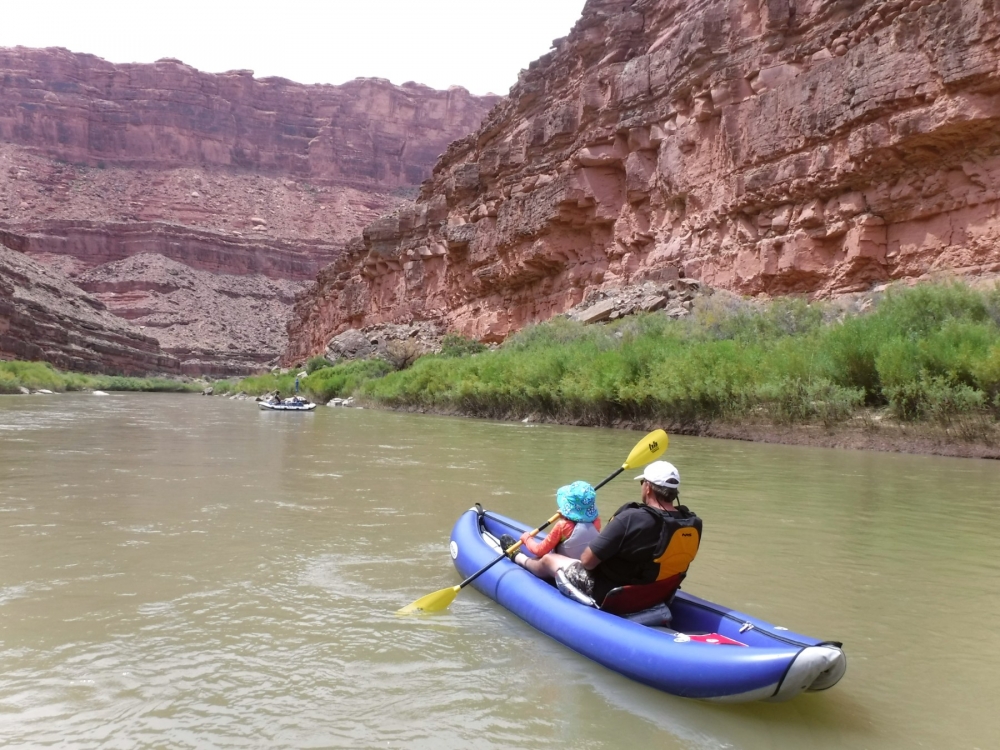

I’ve been thinking about this a lot as we pass week four (or five) of social distancing and relative isolation. When the outbreak began, I thought, “Hey, I’m a river rat. I have the tools to deal with this, after all, no one is better at preventing the spread of a disease than a group of people who live in fear of norovirus.” We deal with hardship, face food shortages, and conserve toilet paper with the best of them.
Since the outbreak, I have read others sharing this sentiment in their writings and have heartily agreed. Fear for our health and safety and uncertainty about the economy now overshadow our original concerns of shopping with a mask and gloves, working and schooling from home. But, while the canceled river trips and paranoia at the slightest hint of a sore throat have been unpleasant, I think that the hardest part for me has been isolating myself from those I care about—my tribe.
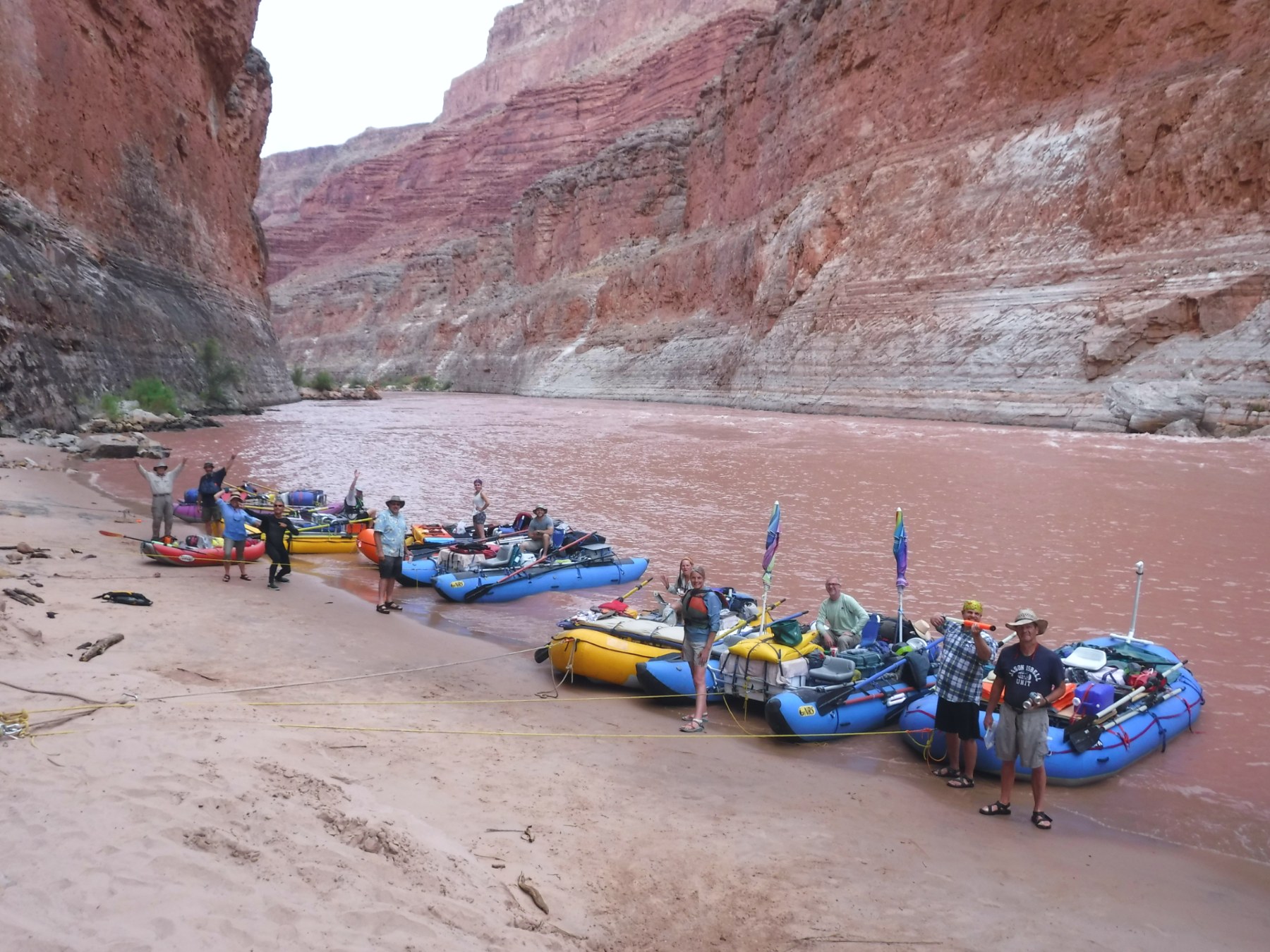
Despite the digital connection, the lack of a high five, a handshake, or a hug carries with it a certain loneliness. Illness, fear, panic, canceled plans, homeschooling, and extended time apart have tested the relationships with friends and family. On the flip side, those relationships have endured by daily phone and video calls, checking in on one another, sharing toilet paper or hand sanitizer, uplifting messages and encouragement, gestures of gratitude, or greetings from across the street.
It is true that river-folk are a well-prepared bunch and we do enjoy a little hardship and adversity, but in large part, we enjoy experiencing it together. Yet here we are descending down the tongue into the frothy violence below and we are doing it separate from one another. We may have those on our own boat to help us high side, but we are isolated from our larger tribe. Like the rapid, our friends and family may be mere yards away (at least six feet to be exact), but we remain outside their reach. We must, for the sake of the whole tribe, do our best to navigate the haystacks, pour overs, and holes on our own.

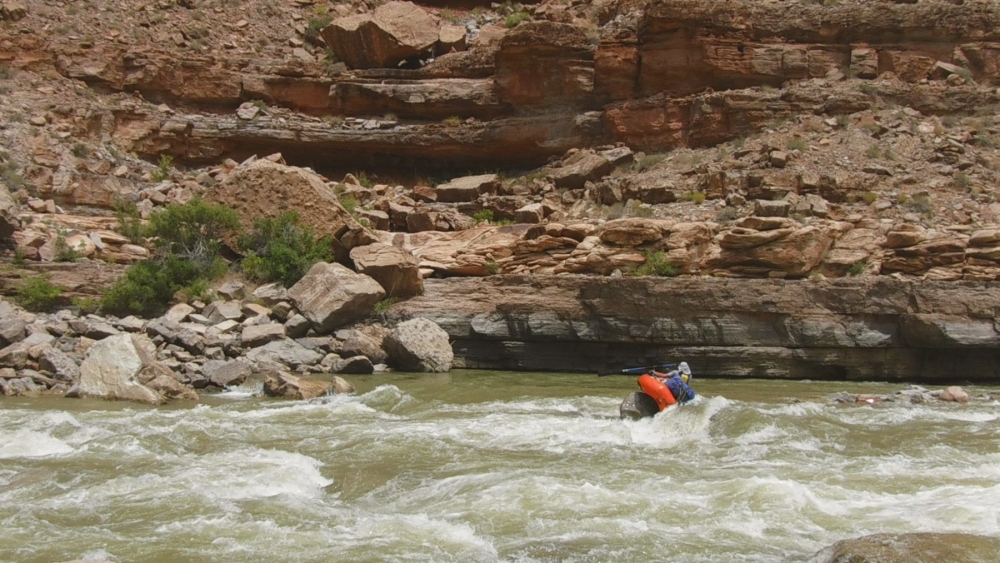
While time in a rapid is short we can expect the current struggle to last a good deal longer than 30 seconds. It will end and, rest assured, that when it’s a recent memory when we’re dripping wet and bobbing in the tail waves (right side up or upside down), when we have fought the fight to the best of our ability and come out the other end, we will not be alone. We’ll rescue the swimmers and catch, secure and right the boat. It may be complicated, it may feel like it’s never going to tip back over, but with enough cooperation it will land right side up.
At the end of this pandemic, there will be those who were sick, those who experienced loss, those who lost jobs or faced economic hardship, and the economy itself will require attention. The recovery may be complicated and difficult and it may feel agonizingly slow, but we will not have to recover from this alone, we can and will do it as a tribe and together we can sort this all out in the tail waves.

Editor’s Note: Guest contributor Clifford Strieby is an avid outdoor enthusiast from Eagle Mountain, Utah, who found his passion rowing whitewater on the iconic desert rivers of the American West. As a high school history teacher, he is free to spend his summers on the river with his wife and three little girls.